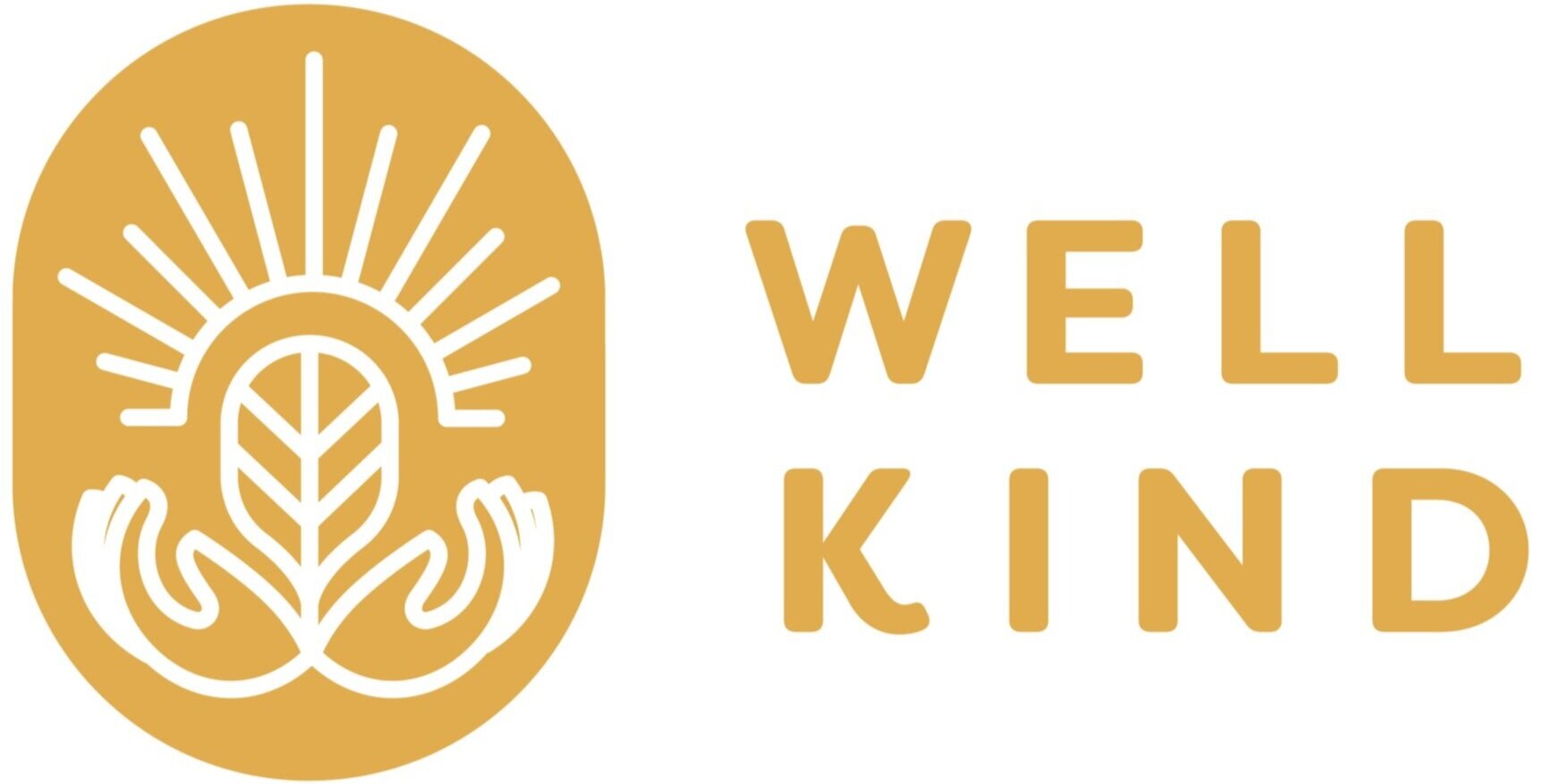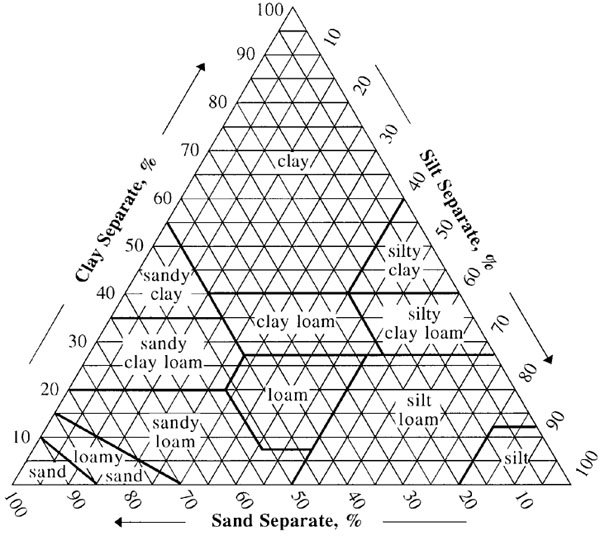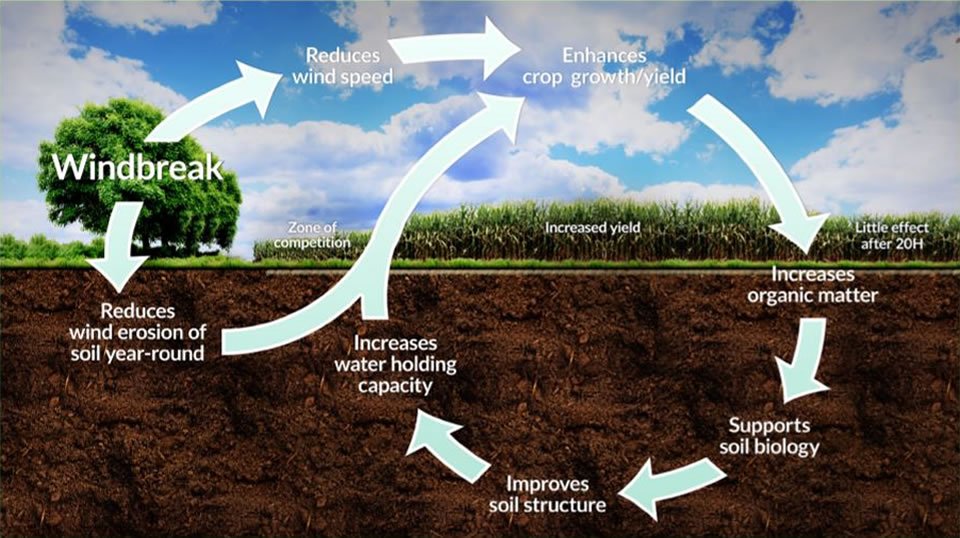Why Grow Soil?
By Ashley Fliegel, WellKind Forestry Intern
Ashley Fliegel was an intern for WellKind Forestry during our spring 2022 session, exploring soil health and other environmental issues.
One of the philosophies of sustainable agriculture is the idea of growing healthy soil. Healthy soil lays a solid foundation for the other components of an ecosystem: microorganisms, plants and trees, and all different types of species. Unfortunately, certain practices like deforestation and overgrazing lead to damaged soil that is lacking nutrients, minerals, moisture, and life. However, there are ways to achieve healthy soil by looking at a few different aspects.
What is Healthy Soil?
Healthy soil has a good texture, plenty of organic matter, and a healthy pH (Vanderlinen, 2021). A good soil pH level is between 6.0 and 7.0 because plants can best absorb nutrients at this level. Anything lower means the soil may be too acidic and anything higher means it may be too basic: both are not great for optimum plant performance.
Soil is made up of three different types of matter: sand, silt, and clay. While using a soil triangle, one can figure out what kind of soil one is working with. The first steps are to grab a soil sample, shake it in a container of water, and let it rest so that the particles settle. The particles will settle in layers: sand, silt, clay, and organic matter. One can then evaluate what percent each matter makes up and use a soil triangle to determine what type of soil the sample is.
Loam happens to be one of the most desirable types of soil because it nicely combines all three of these types of soil matter. Loam retains moisture well, preserves minerals and nutrients, fosters an environment for microorganisms, and sets up a good foundation for plant and animal life Iannotti, 2021). Although certain fields of plants call for a different combination of sand, silt, and clay, loam is universally a good soil to begin with.
How To Achieve Healthy Soil
How can one achieve healthy soil? Adding organic matter, incorporating compost, protecting topsoil with cover crops, protecting crops with crop rotation and efficient irrigation, and practicing biodiversity are good ways to increase soil health (University of Michigan, 2018).
Adding organic matter and compost help to promote plant and root growth, return minerals and nutrients, provide a medium of aeration, and absorb water. Utilizing cover crops fosters an environment for microorganisms and provides protection from erosion and predators while retaining soil moisture, minimizing plant competition from weeds, and maintaining soil nutrients. Rotating crops ensures that the same nutrients aren’t continuously being depleted from the soil while replenishing certain nutrients and that new crops are contributing different benefits. An important component of building healthy soil is planting a diverse group of crops.
Why Devote Time To Growing Soil?
Now, after understanding the differences between unhealthy and healthy soil, and learning how to achieve healthy soil, one may wonder what the importance of having healthy soil is. To this, there is no one simple answer.
Having healthy soil is such a vital part of any ecosystem. The Organic Growers school says that “The soil in your garden will be the foundation of everything that happens, and the better you care for it, the better your garden will grow. The soil grows the plants, so take care of your soil and it will take care of the rest.”
For one, growing soil sets up a stable ecosystem for microorganisms. Microorganisms include bacteria and other small organisms include worms, rolly pollies, and fungi. These microorganisms are part of the soil food-web net and they contribute to strong and nutritious soil. A soil food-web nurtures healthy plants, healthy habitats for those plants, and an overall healthier environment (Kaitlun Erksek, 2017). For example, worms help to aerate the soil and their excrement returns nutrients to the soil. Microorganisms break down and release nutrients in the soil and stimulate plant growth. Plants and trees then have an easier time navigating and planting themselves in the soil, establishing strong and sturdy roots.
While practicing the use of cover crops and compost, the chances of survival for plants and trees are also higher because of the moisture present in the soil. Compost is the controlled decomposition of biodegradable materials such as yard and food scraps. Therefore, when adding compost to the soil, it helps to replenish nutrients and minerals into the soil and helps to retain moisture. The process of cover cropping is planting plants that fill empty spaces in a soil bed that will feed and care for the soil. A common type of cover crop is legumes such as bell beans or rye because they add nitrogen and organic matter to the soil for other plants to use, and protect the soil, which prevents soil erosion.
During a drought, it becomes increasingly important to find tactics to retain moisture. New environmental challenges only solidify the importance of cultivating a strong ecosystem. Growing soil sets up a strong foundation, which then contributes to the well-being of all the species that depend on the ecosystem. Birds, amphibians, insects, reptiles, and mammals are safer and better supported within an ecosystem to create and nurture their families. In the end, growing soil is important for the well-being of the ecosystem and all the species that depend on it.
References
Growing Your Soil. (n.d.). Organic Growers School. Retrieved March 31, 2022, from https://organicgrowersschool.org/gardeners/library/growing-your-soil/
Vanderlinden, C. (2021, March 30). Healthy Soil and How to Make It - Gardening Basics. The Spruce. Retrieved March 31, 2022, from https://www.thespruce.com/healthy-soil-and-how-to-make-it-2539853
Soil Health Principles and Practices. (n.d.). Farmers.gov. Retrieved March 31, 2022, from https://www.farmers.gov/conservation/soil-health
Sawyer, A., & Weisenhorn, J. (n.d.). Living soil, healthy garden | UMN Extension. University of Minnesota Extension. Retrieved March 31, 2022, from https://extension.umn.edu/managing-soil-and-nutrients/living-soil-healthy-garden
Ersek, K. (2017, March 23). What is the Soil Food Web? Holganix. Retrieved March 31, 2022, from https://www.holganix.com/blog/soil-food-web
Compost, Mulch & Cover Crops. (n.d.). Lawn to Garden. Retrieved March 31, 2022, from https://lawntogarden.org/compost-mulch-cover-crops
Iannotti, M. (2021, August 20). What Does Loam Mean to a Gardener? The Spruce. Retrieved March 31, 2022, from https://www.thespruce.com/what-is-loam-1401908



